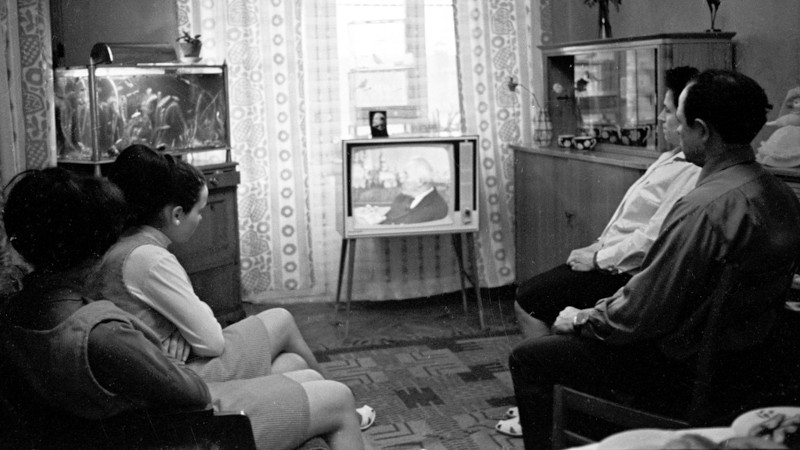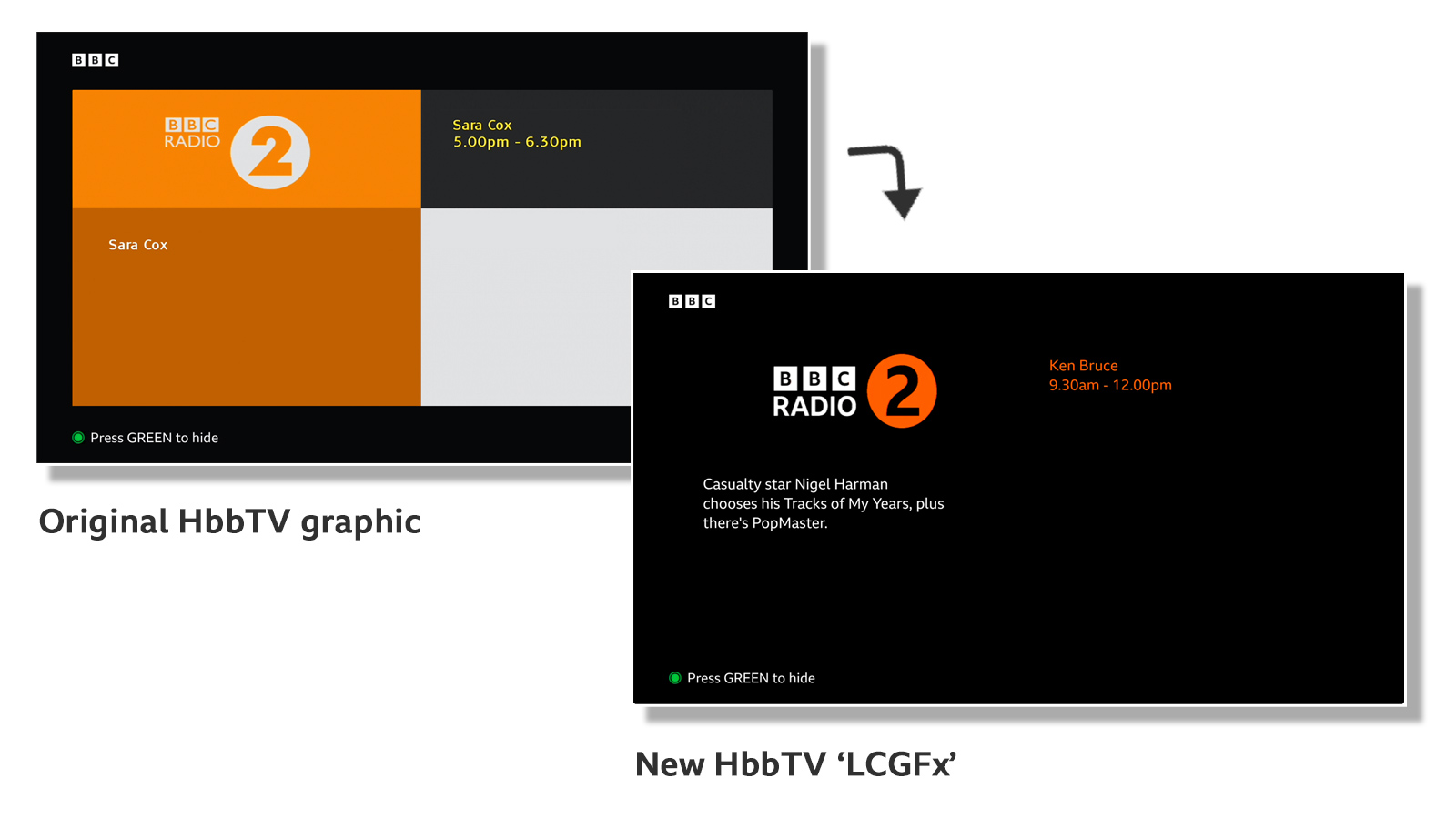Black Graphics On Your TV, For A Greener World? [Hackaday]

Can you really save energy by carefully choosing the colors displayed on a TV screen? Under some conditions, yes. Or at least that’s the conclusion of a team at the BBC that looked at reducing the energy consumption impact of their output by using what they call Lower Carbon Graphics. In short, they’re trying to ensure that OLED displays or those with reactive backlights use less energy when displaying BBC graphics, simply by using more black.

If you look hard at their numbers, though, listening to radio on the TV is horrendously inefficient; can you imagine a radio that consumes 100 W? If the BBC really wants to help reduce media-related energy consumption, maybe they should stop broadcasting radio programming on the TV entirely.
Anyway, as we move toward a larger fraction of OLED screens, on TVs and monitors alike, it’s fun to think that darker images use up to 40% less power. Who knew that Hackaday was so environmentally friendly? Black is the new green!
Header: RIA Novosti archive/ Igor Vinogradov, CC-BY-SA 3.0.

![black-graphics-on-your-tv,-for-a-greener-world?-[hackaday]](https://i0.wp.com/upmytech.com/wp-content/uploads/2023/08/137597-black-graphics-on-your-tv-for-a-greener-world-hackaday.jpg?resize=800%2C445&ssl=1)